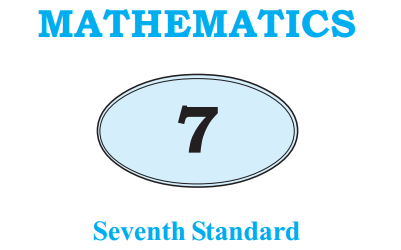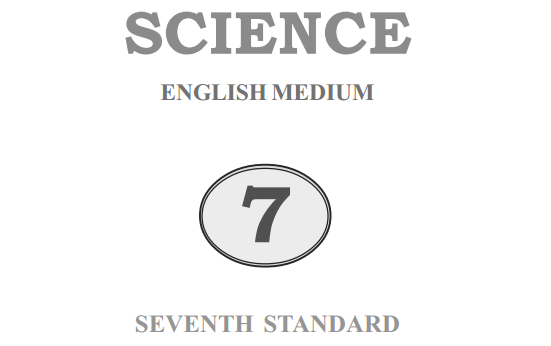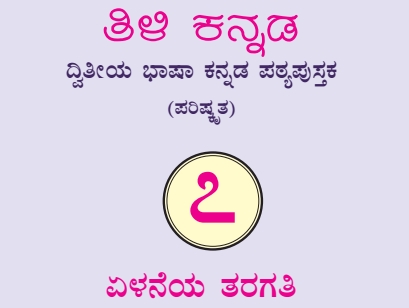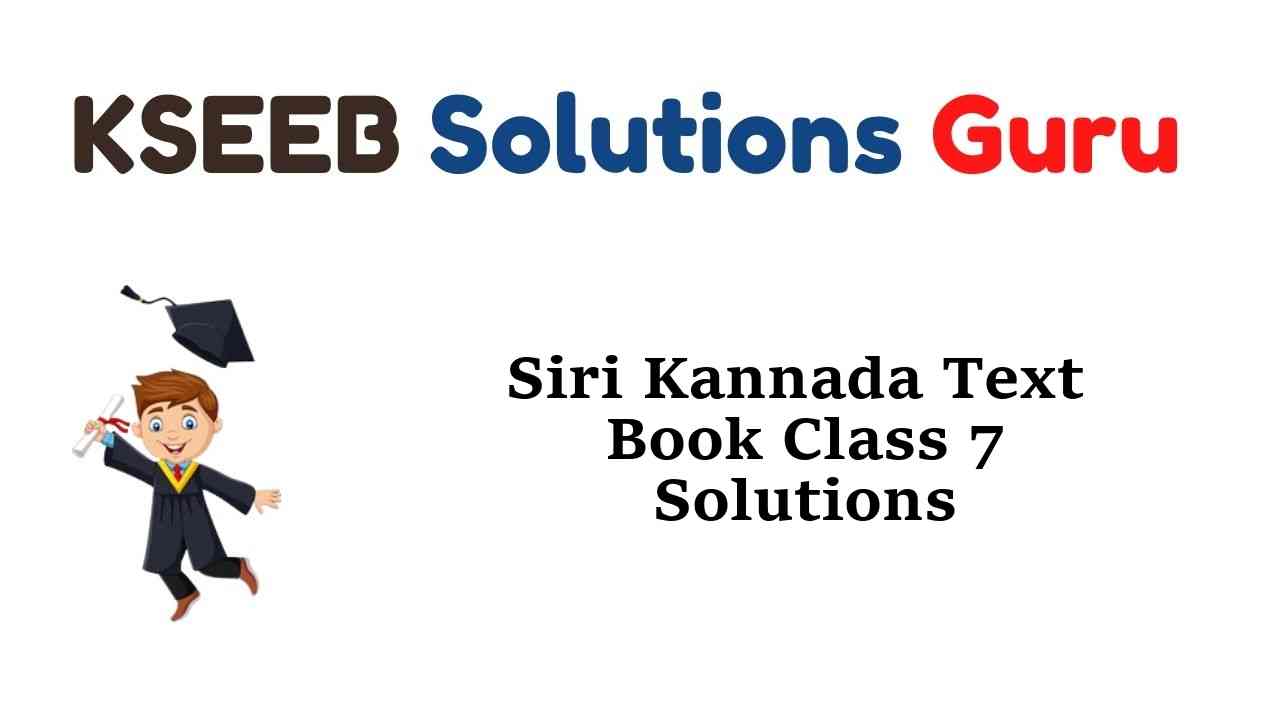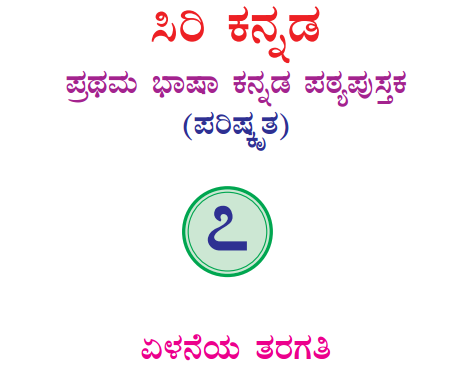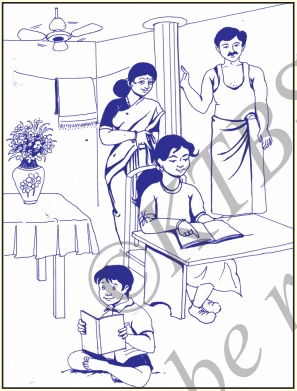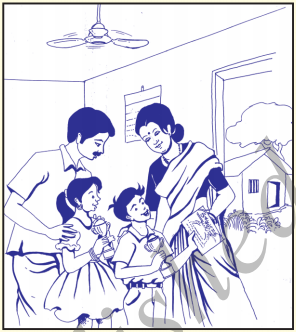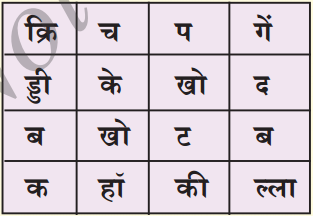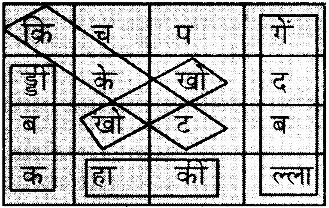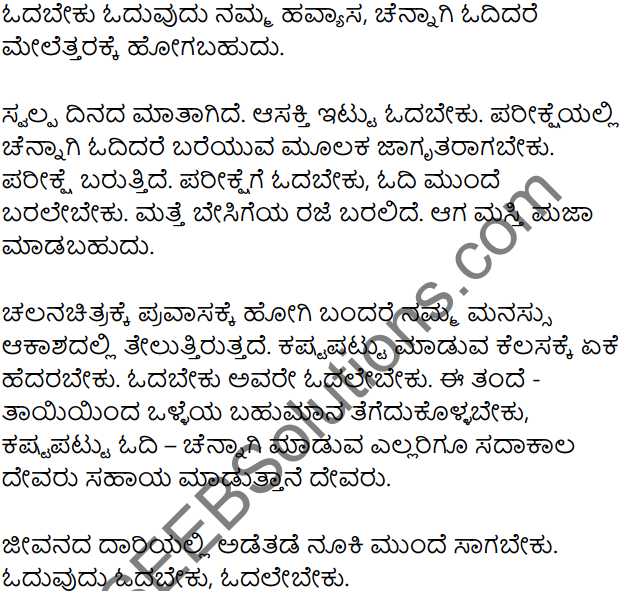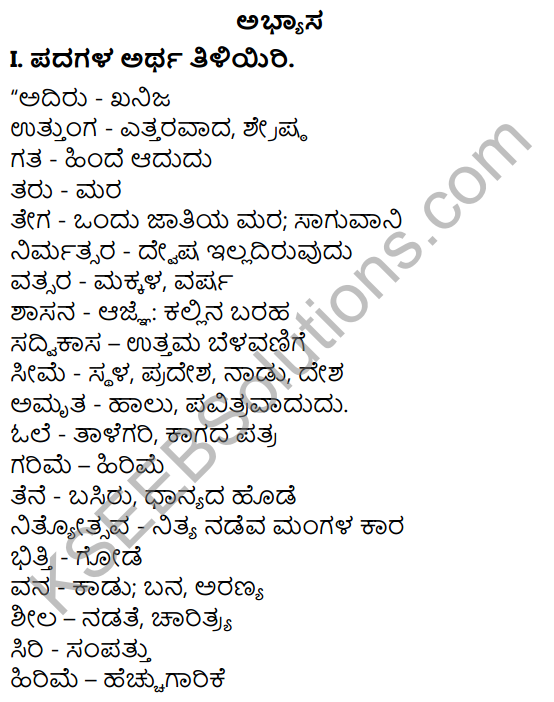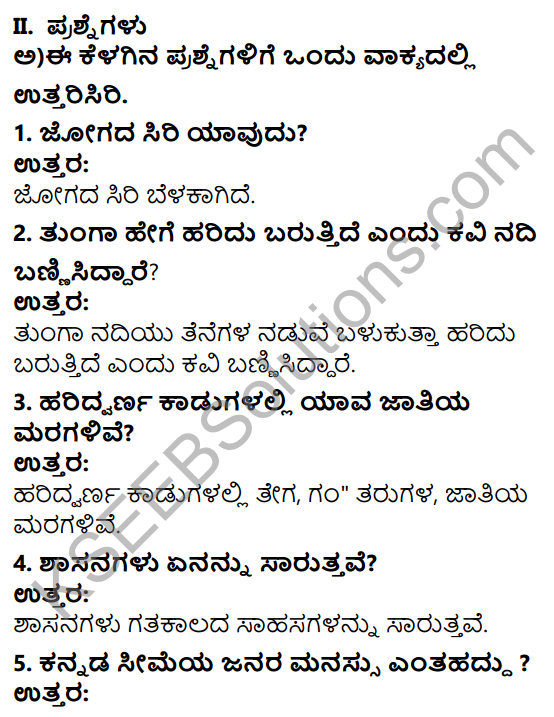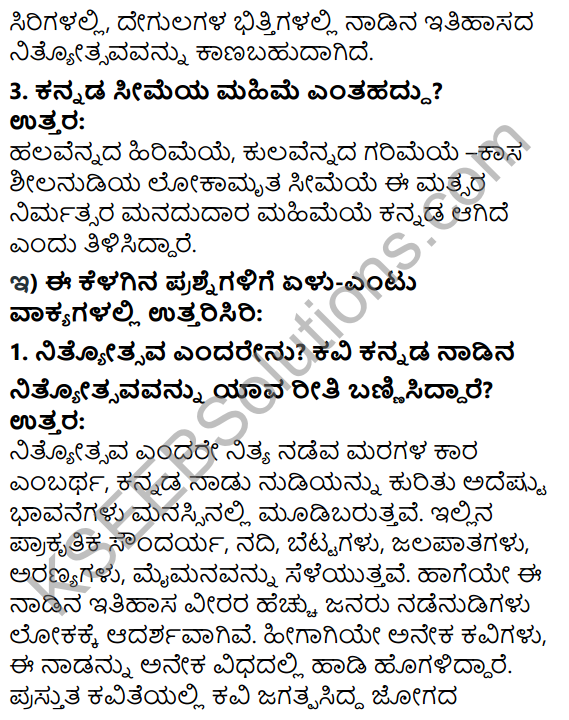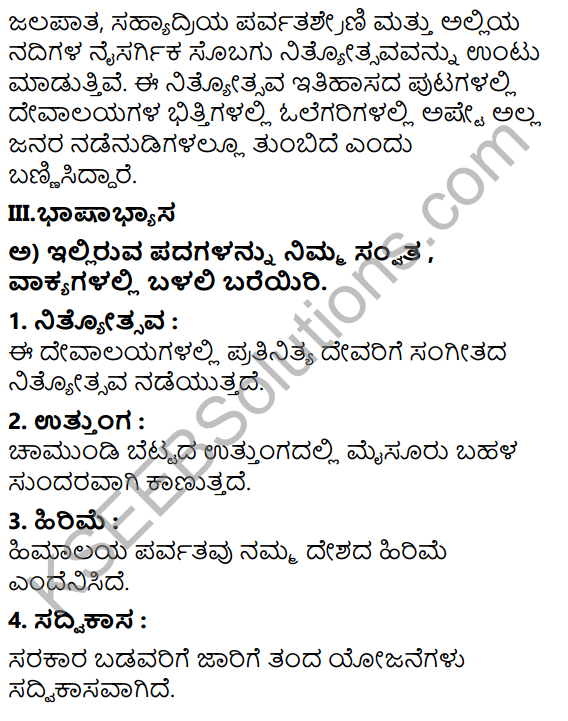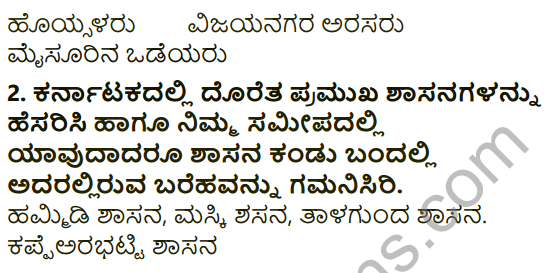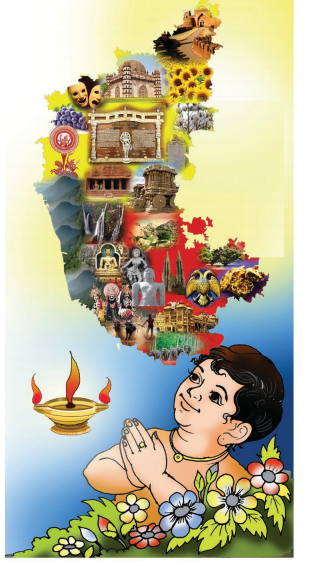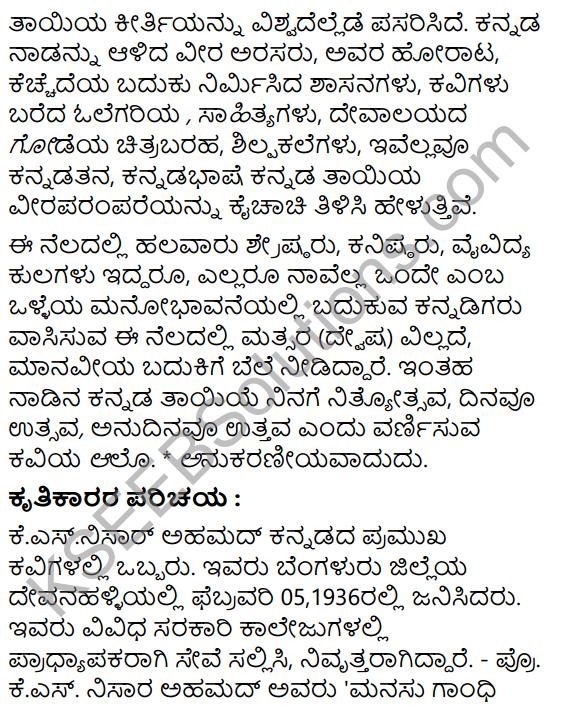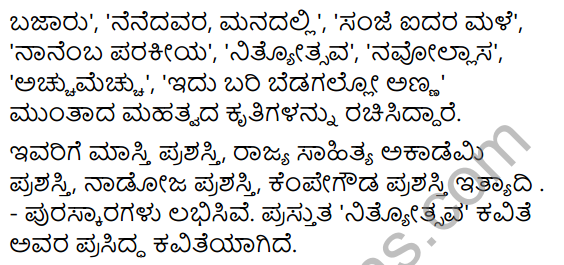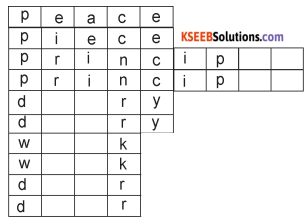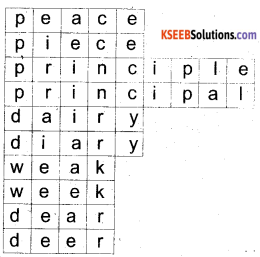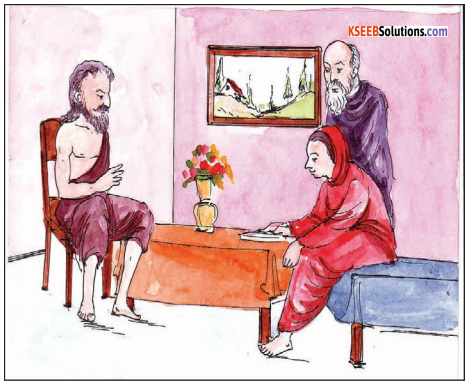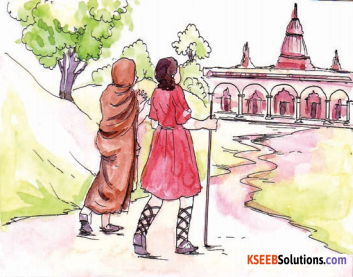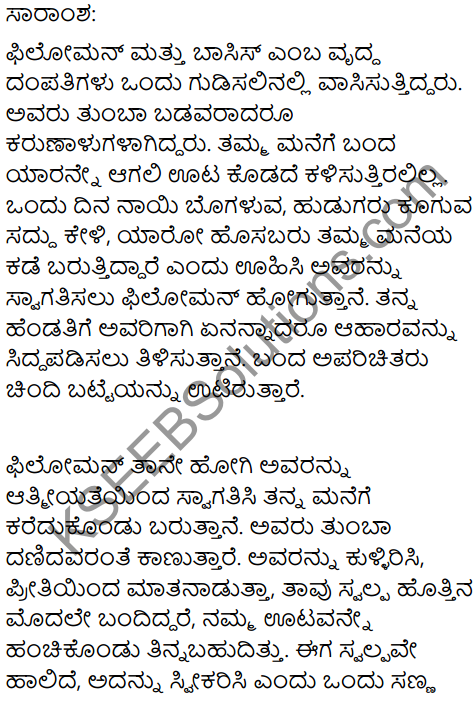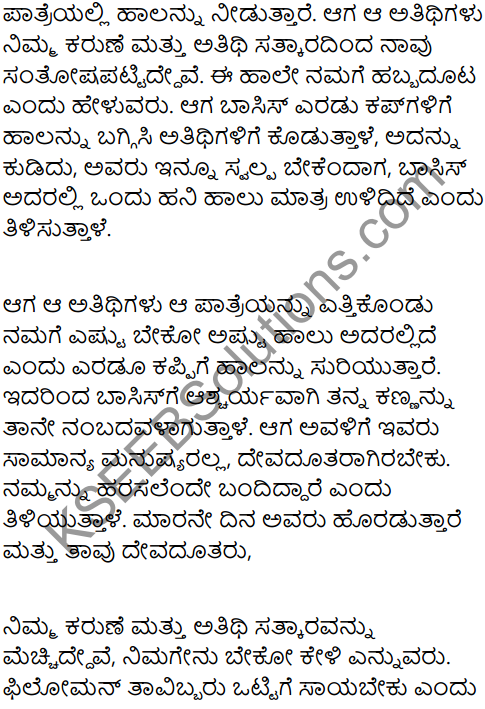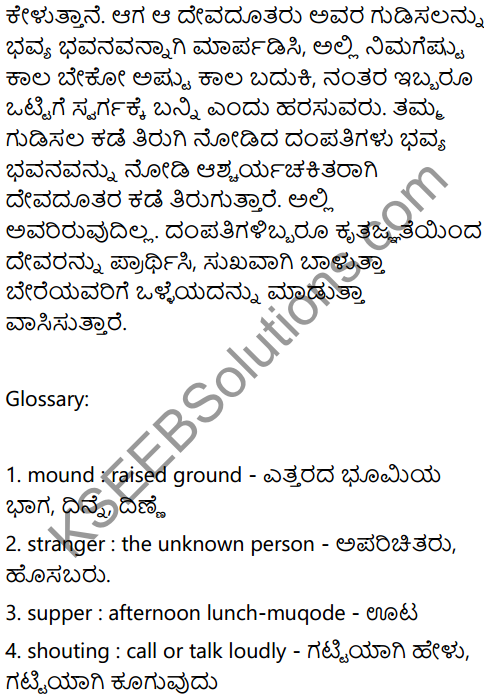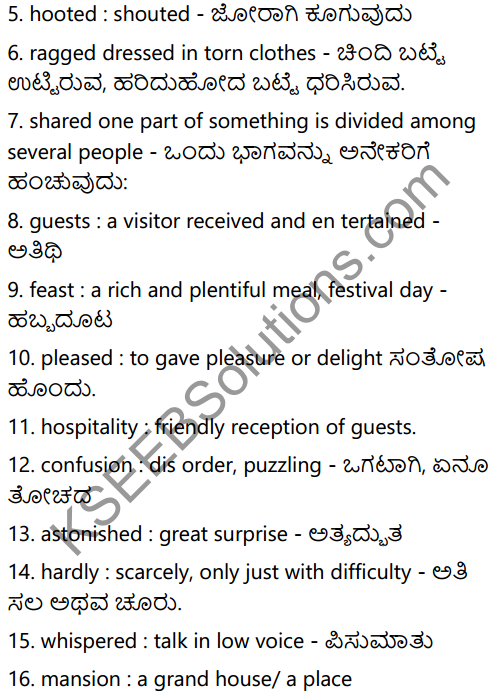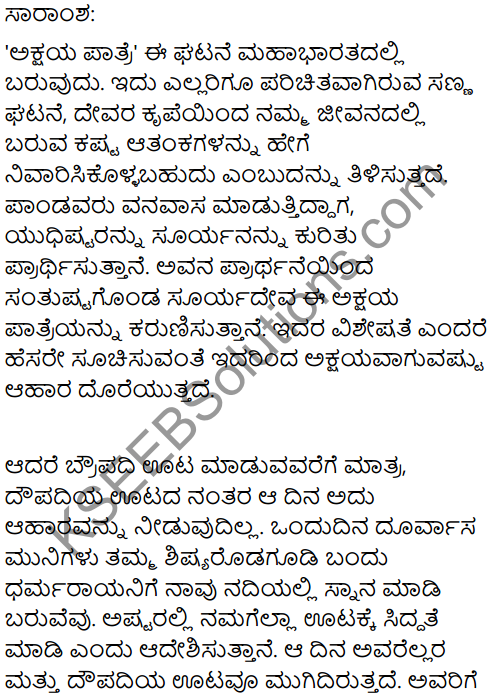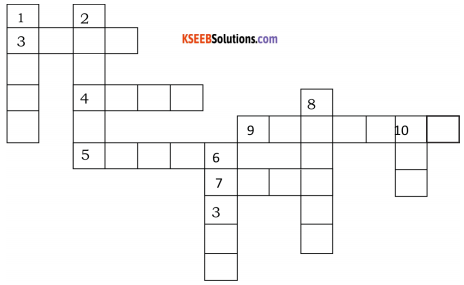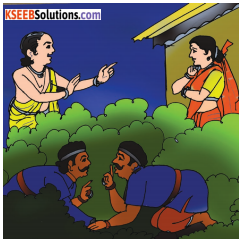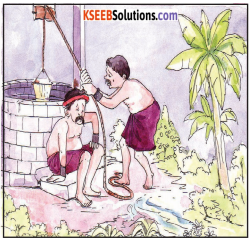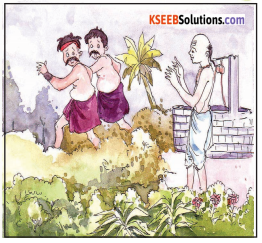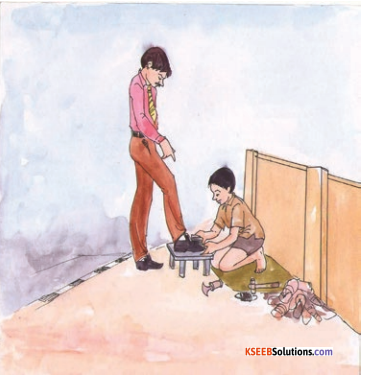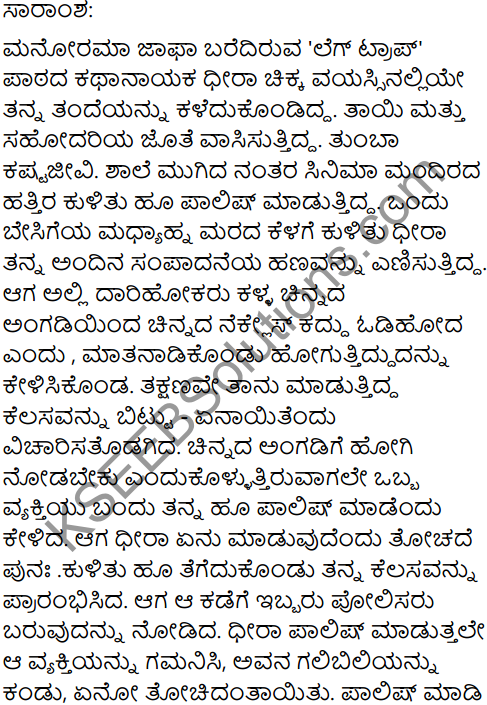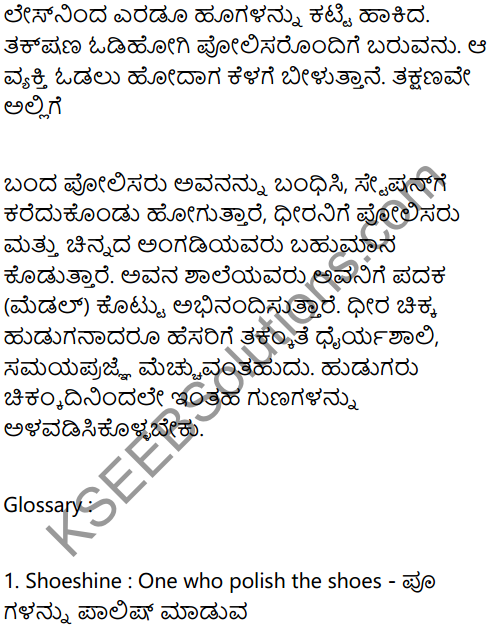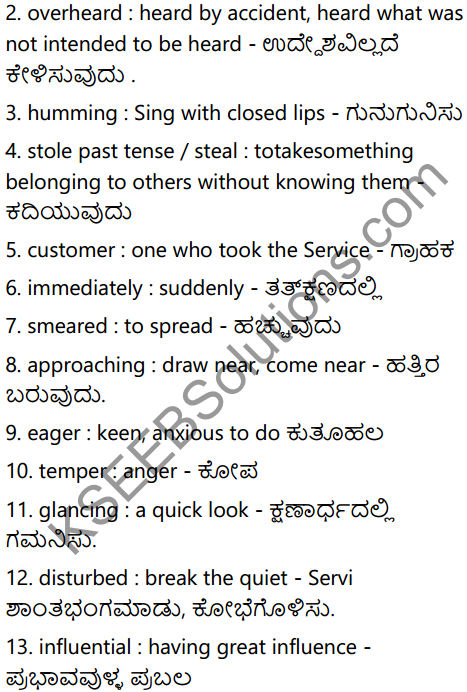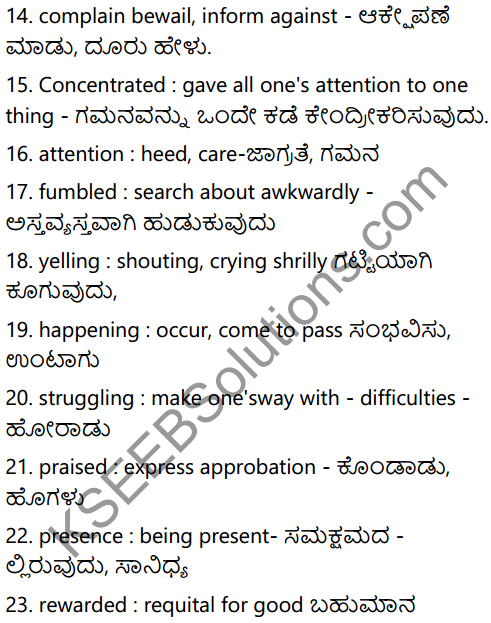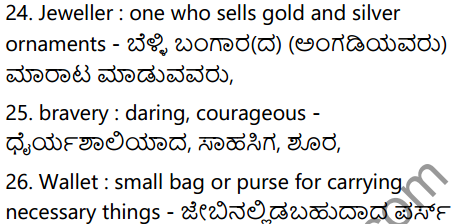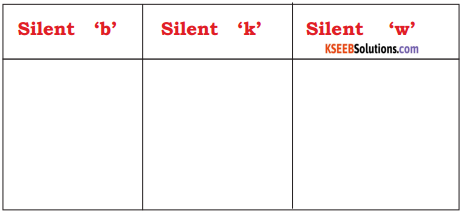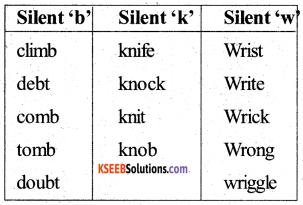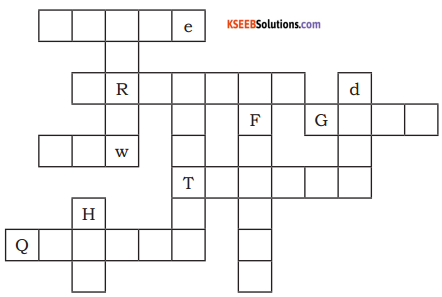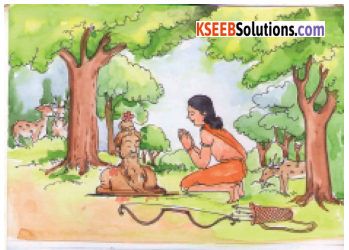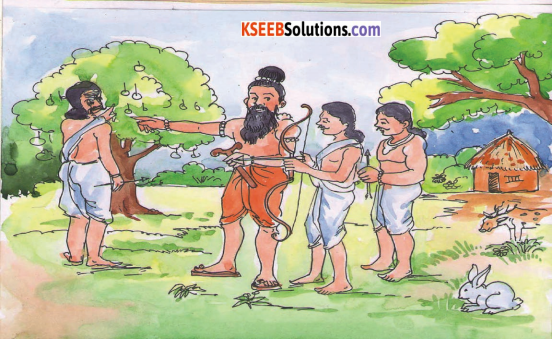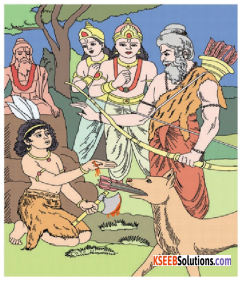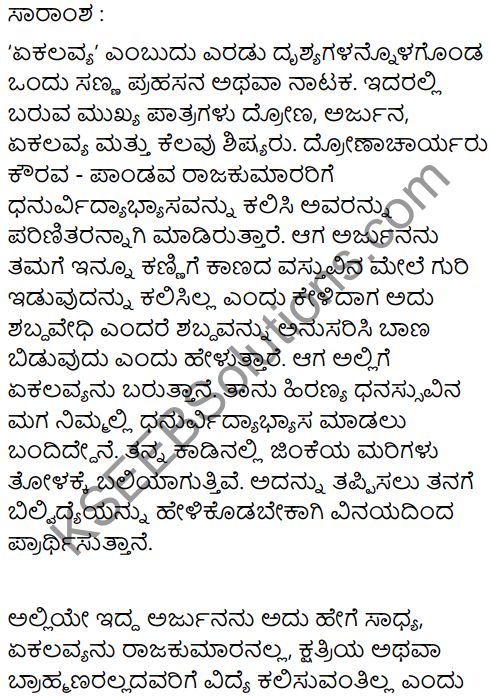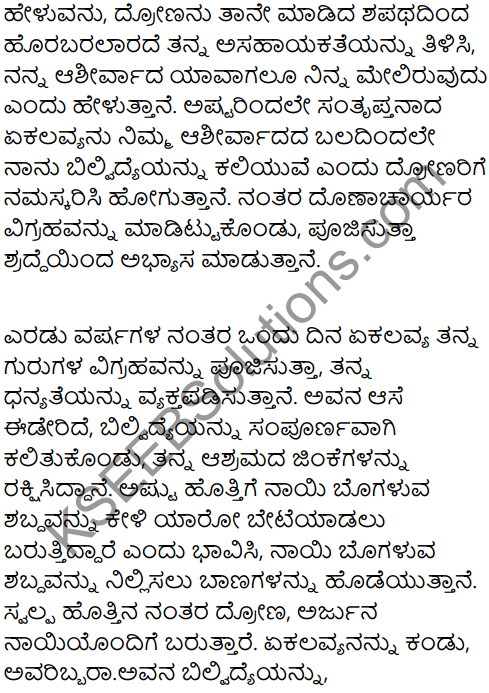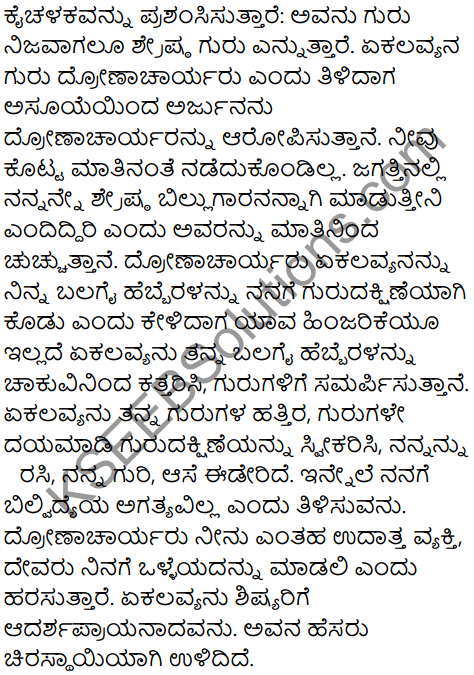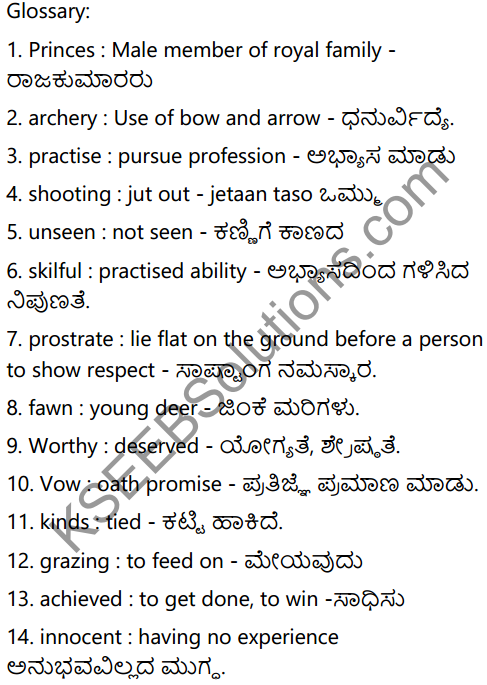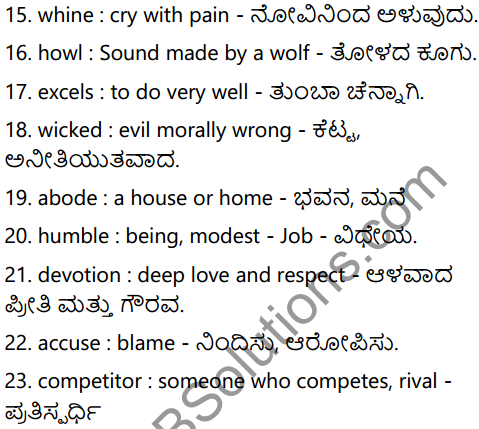Expert Teachers at KSEEBSolutions.com has created KSEEB Solutions for Class 7 Science Pdf Free Download in English Medium and Kannada Medium of 7th Standard Karnataka Science Textbook Solutions Answers Guide, Textbook Questions and Answers, Notes Pdf, Model Question Papers with Answers, Study Material, are part of KSEEB Solutions for Class 7. Here we have given KTBS Karnataka State Board Syllabus for Class 7 Science Textbook Solutions based on NCERT Syllabus.
Karnataka State Board Syllabus for Class 7 Social Science Solutions in English Medium
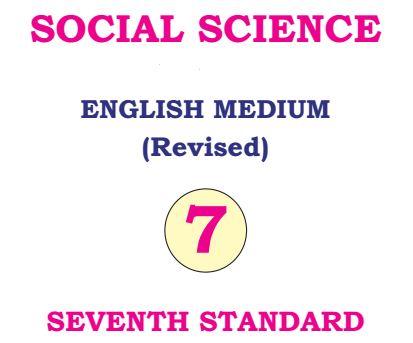
7th Class Social Science Textbook Solutions Karnataka State Syllabus
Karnataka State Syllabus Class 7 Social Science History
- Chapter 1 Vijayanagara Empire
- Chapter 2 Bahamani Adil Shah’s
- Chapter 3 Bhakthi Cult and Sufi Heritage
- Chapter 4 Nayakas, Palegaras and Naada Prabhus
- Chapter 5 Wodeyars of Mysuru
- Chapter 6 The Sultans of Delhi
- Chapter 7 The Mughal Empire
- Chapter 8 Marathas
- Chapter 9 Advent of the Europeans to India
- Chapter 10 Rise of British Political Supremacy in India
- Chapter 11 Impact of the British Rule
- Chapter 12 Social and Religious Reforms
- Chapter 13 Freedom Struggle
- Chapter 14 Pro-People Movements of Karnataka
- Chapter 15 Karnataka-Economic and Social Transformation
- Chapter 16 Women Freedom Fighters
- Chapter 17 Integration of Karnataka and Border Disputes
Karnataka State Syllabus Class 7 Social Science Civics
- Chapter 18 Our Constitution
- Chapter 19 Fundamental Rights and Duties
- Chapter 20 Directive Principles of State Policy
- Chapter 21 Our Defence Forces
- Chapter 22 Constitutional Amendment
Karnataka State Syllabus Class 7 Social Science Geography
- Chapter 23 North America – Land of Prairies
- Chapter 24 South America – Land of Andes
- Chapter 25 Australia – The Flattest Continent
- Chapter 26 Antarctica – The White Continent
Karnataka State Board Syllabus for Class 7 Social Science Solutions in Kannada Medium
7th Class Social Science Textbook Solutions Karnataka State Syllabus in Kannada Medium
KSEEB Solutions for Class 7 Social Science History Itihasa
- Chapter 1 Vijayanagarada Arasu Manetanagalu
- Chapter 2 Bahamani Adil Shahigalu
- Chapter 3 Bhakti Pantha Hagu Sufi Parampare
- Chapter 4 Nayakaru, Paleyagararu Mattu Nada Prabhugalu
- Chapter 5 Mysuru Wodeyaru
- Chapter 6 Dilliya Sultanaru
- Chapter 7 Mogalaru
- Chapter 8 Maratharu
- Chapter 9 Bharatakke Yuropiyannara Agamana
- Chapter 10 Bharatadalli Britishara Rajakiya Elige
- Chapter 11 British Alvikeya Parinama
- Chapter 12 Samajika Mattu Dharmika Sudharane
- Chapter 13 Swatantra Horatagalu
- Chapter 14 Karnataka Samajamukhi Chalavaligalu
- Chapter 15 Karnataka Arthika Mattu Samajika Parivartane
- Chapter 16 Mahila Swatantra Horatagararu
- Chapter 17 Karnataka Ekikarana Mattu Gadi Vivadagalu
KSEEB Solutions for Class 7 Social Science Civics Pouraneethi
- Chapter 18 Namma Samvidhana
- Chapter 19 Mulabhuta Hakkugalu Mattu Kartavyagalu
- Chapter 20 Rajya Nirdeshaka Tatvagalu
- Chapter 21 Namma Rakshana Padegalu
- Chapter 22 Samvidhana Tiddupadi
KSEEB Solutions for Class 7 Social Science Geography Bhoogolashastra
- Chapter 23 Uttara America – Prairiesgala Nadu
- Chapter 24 Dakshina America – Andesgala Nadu
- Chapter 25 Australia – Atyanta Samatattada Bhukhanda
- Chapter 26 Antarctica – Sweta Bhukhanda
We hope the given KSEEB Solutions for Class 7 Social Science Pdf download in both English Medium and Kannada Medium will help you. If you have any query regarding Karnataka Board 7th Standard Social Science Textbook Solutions, drop a comment below and we will get back to you at the earliest.


